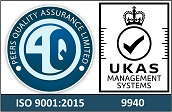Conductive Fabric
EMI Tapes
What is Conductive Fabric?
Conductive fabrics, also called metallized fabric or smart fabric, utilize conductive metals such as nickel, gold, carbon, stainless steel, or titanium. Typical foundational materials include cotton, wool, polyester, or nylon. There are two categories of conductive fabrics. The first is intrinsically conductive fibers and conductive polymers. The second is non-conductive or less conductive substrates. These are either coated or embedded with the electrically conductive element. Other features include corrosion resistance and the need for fewer seams. Conductive fabrics are growing in popularity, particularly in the telecom, medical, and wearable electronics industries. Many have the NFPA Class A Flame rating.
At a basic level, conductive fabrics dissipate static energy and help mitigate unwanted electromagnetic interference. Other attributes are thermal regulation and their anti-allergy and anti-bacterial properties. The conductive properties help facilitate the integration of ‘soft networks” into fabrics, thus making them smart fabrics. Unlike most technical textiles, smart textiles are not passive in their function: They can sense and respond to stimuli such as touch, temperature, or heartbeat. The fabric itself is often used as a “switch” in an electronic circuit to perform a function for another external electronic device. For a “switch” to happen, a connection between two conductive fabrics or yarns must occur.
How does it work?
Flexible, low weight, and versatile, conductive fibers are used in products ranging from metal mesh, aerospace textiles, taser or stun gun vests, conductive threads or yarns, and fabric sheets used for thermal heating. They also can be used to conduct electricity in small spaces, for static dissipation, electromagnetic interference shielding, signal and power transfer in low resistance versions, and in heating elements in higher resistance versions. An example is medical equipment such as electrodes. Conductive fibers can be woven, knit, sewn, cut, or braided. This is a benefit for manufacturers who can use conductive fibers to take advantage of their features.
What are Common Uses?
Current applications of conductive fabrics are found in a variety of products. Examples are medical equipment, wearable medical devices, notebook computers, plasma display panels, printers, telecommunications enclosure cabinets, and others. Intelligent textiles can incorporate antennas, global positioning systems (GPS), mobile phones and flexible display panels, without compromising the inherent characteristics of the fabric.
Conductive Fabric Series
Conductive Fabric Solution Flectron™ Nickel/Copper Conductive Fabric is a unique fabric, manufactured using a patented, proprietary technology. This technology combines
Conductive Fabric Solution Flectron™ Nickel/Copper Conductive Fabric is a unique fabric, manufactured using a patented, proprietary technology. This technology combines
Conductive Fabric Solution Flectron™ Nickel/Copper Conductive Fabric is a unique fabric, manufactured using a patented, proprietary technology. This technology combines
Conductive Fabric Solution Flectron™ Nickel/Copper Conductive Fabric is a unique fabric, manufactured using a patented, proprietary technology. This technology combines
Conductive Fabric Solution Flectron™ Nickel/Copper Conductive Fabric is a unique fabric, manufactured using a patented, proprietary technology. This technology combines
Conductive Fabric Solution Flectron™ Nickel/Copper Conductive Fabric is a unique fabric, manufactured using a patented, proprietary technology. This technology combines
Conductive Fabric Solution Flectron™ Nickel/Copper Conductive Fabric is a unique fabric, manufactured using a patented, proprietary technology. This technology combines
Conductive Fabric Solution Flectron™ Nickel/Copper Conductive Fabric is a unique fabric, manufactured using a patented, proprietary technology. This technology combines
Conductive Fabric Solution Nickel/Copper Conductive Fabric is a unique fabric, manufactured using a patented, proprietary technology. This technology combines highly
Conductive Fabric Solution Flectron™ Nickel/Copper Conductive Fabric is a unique fabric, manufactured using a patented, proprietary technology. This technology combines
Conductive Fabric Solution Flectron™ Nickel/Copper Conductive Fabric is a unique fabric, manufactured using a patented, proprietary technology. This technology combines
Conductive Fabric Solution Flectron™ Nickel/Copper Conductive Fabric is a unique fabric, manufactured using a patented, proprietary technology. This technology combines




